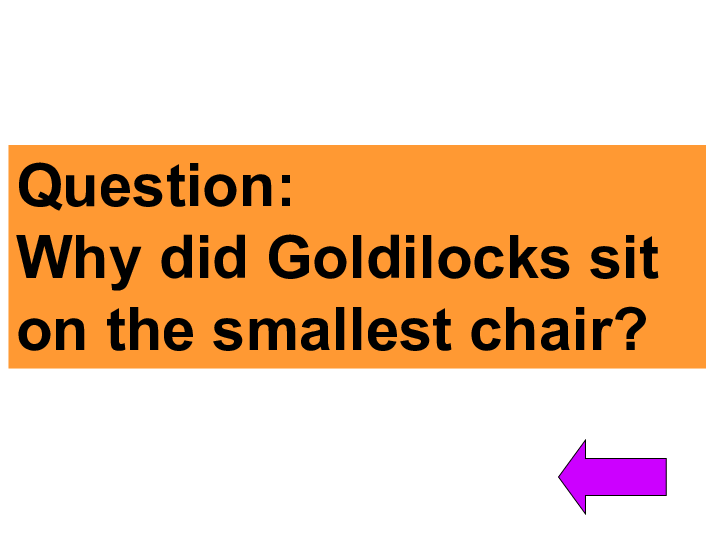Understanding the Concept of Negative Attractive Forces: Why Are Attractive Forces Negative?
Guide or Summary:Introduction to Attractive ForcesThe Nature of ForcesUnderstanding Potential EnergyExamples of Attractive ForcesThe Role of Attractive Forc……
Guide or Summary:
- Introduction to Attractive Forces
- The Nature of Forces
- Understanding Potential Energy
- Examples of Attractive Forces
- The Role of Attractive Forces in Chemistry
**Translation of "why are attractive forces negative":** 为什么吸引力是负的?
---

Introduction to Attractive Forces
Attractive forces play a crucial role in various physical phenomena, from the microscopic interactions between atoms to the macroscopic behavior of objects in our daily lives. These forces are responsible for holding molecules together, enabling chemical reactions, and governing the motion of celestial bodies. However, a common question arises: Why are attractive forces negative? This inquiry delves into the fundamental principles of physics and chemistry, shedding light on the nature of forces that bind matter together.
The Nature of Forces
In physics, forces can be classified as either attractive or repulsive. Attractive forces draw objects toward each other, while repulsive forces push them apart. The concept of negative attractive forces can be understood through the lens of potential energy. When two objects are attracted to each other, their potential energy decreases as they move closer together, which is often associated with a negative value in the context of energy calculations. This decrease in potential energy signifies that the system is moving toward a more stable state.
Understanding Potential Energy
To comprehend why attractive forces are considered negative, it is essential to explore the concept of potential energy. In a gravitational field, for example, an object has gravitational potential energy relative to its height. As the object falls, its potential energy decreases, and this energy is converted into kinetic energy. Similarly, in the case of attractive forces, such as those between electrons and protons in an atom, the potential energy of the system decreases as the particles come closer together. This decrease is often represented as a negative value, indicating a more stable configuration.

Examples of Attractive Forces
Several fundamental forces exhibit attractive characteristics, including gravitational, electromagnetic, and nuclear forces. Gravitational forces are always attractive, pulling masses toward one another. Electromagnetic forces, on the other hand, can be both attractive and repulsive, depending on the charges involved. For instance, opposite charges attract, while like charges repel. In the context of atomic structure, the attractive forces between electrons and protons are crucial for the stability of atoms, leading to the formation of molecules and, ultimately, matter as we know it.
The Role of Attractive Forces in Chemistry
In chemistry, attractive forces are vital for the formation of bonds between atoms. Covalent bonds, ionic bonds, and metallic bonds all rely on the interactions between charged particles. When atoms come together to form a molecule, the attractive forces that hold them together result in a decrease in the system's potential energy. This energy release is often associated with the stability of the resulting compound. Thus, the concept of negative attractive forces is integral to our understanding of chemical reactions and molecular stability.
In conclusion, the question of why are attractive forces negative can be answered through the principles of potential energy and stability in physical systems. The decrease in potential energy when objects are drawn together is a hallmark of attractive forces, and this reduction is often represented as a negative value in energy calculations. By understanding the nature of these forces, we gain insight into the fundamental interactions that govern the behavior of matter in our universe. Whether it is the attraction between atoms or the gravitational pull of celestial bodies, attractive forces are a key component of the physical world, shaping the reality we experience every day.
